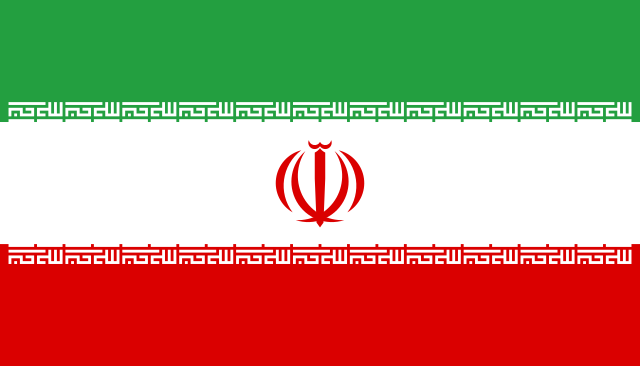
The collapse of the nuclear deal under Trump’s first term left Iran in an economically precarious position, as sanctions on oil exports and other sectors triggered a sharp decline in foreign investment. Despite efforts by Tehran to stabilize its economy through trade partnerships with countries like China, the broader financial picture has remained bleak. Inflation rates have skyrocketed, reaching their highest in over two decades, exacerbating the difficulty for everyday Iranians to afford basic goods.
A significant factor behind the economic turmoil is the ongoing decline in Iran's currency, the rial, which has lost substantial value against the U.S. dollar in recent years. The rial's devaluation has made imports more expensive, and basic goods like food and medicine have become increasingly difficult for the population to access. According to economists, the sanctions imposed by the U.S. under Trump's “maximum pressure” campaign have caused irreparable damage to key sectors of Iran’s economy, including oil production, banking, and manufacturing.
The Iranian government, under President Ebrahim Raisi, has made efforts to mitigate the effects of these economic challenges by seeking alternative trading partners and trying to stabilize the country’s domestic market. However, despite limited progress in some areas, the international community’s stance on Iran remains largely unchanged, with the U.S. maintaining its sanctions regime.
Economists warn that any return to Trump's tough policies would further exacerbate the nation’s financial woes. The former president’s “maximum pressure” strategy, which focused on isolating Iran from the global economy, severely hampered Tehran’s access to foreign markets and resources. The restoration of such policies would tighten the sanctions noose further, making it even more difficult for Iran to recover economically.
Iran’s leadership is under increasing pressure to show results to the population, who have grown frustrated with the country’s economic stagnation. Mass protests have erupted sporadically in recent years, with citizens demanding better living conditions, access to basic goods, and greater political freedoms. These protests, fueled by economic hardship, present a significant challenge to the government’s ability to maintain control, particularly as the possibility of a Trump presidency resurfaces.
Diplomatic efforts to revive the Joint Comprehensive Plan of Action (JCPOA) – the nuclear deal abandoned by Trump in 2018 – have faltered, leaving Iran in a precarious position. While some countries have advocated for the return of the deal to alleviate Iran’s economic pressures, the path forward remains uncertain. The hardline rhetoric of the U.S. administration under Trump has left little room for compromise, further complicating the situation.
Tehran has increasingly focused on diversifying its economy, looking to boost sectors such as agriculture, mining, and technology. However, these efforts are stymied by persistent sanctions and the lack of access to international markets. Despite these challenges, Iran has attempted to project an image of resilience, with government officials and state media consistently emphasizing the country’s ability to weather economic storms.
As the political landscape in the U.S. grows more polarized, Iran’s economic recovery hinges on several factors, including the outcome of the 2024 presidential elections. A return to Trump’s policies could reignite tensions and push Iran even deeper into isolation. On the other hand, the possibility of a diplomatic thaw under a new U.S. administration offers a faint glimmer of hope for Iran’s ailing economy.
For now, however, Iranians are left to endure the consequences of policies that have left them with few avenues for economic recovery. The prospect of a Trump reset hangs over the country like a storm cloud, casting uncertainty on the future of Iran’s economic and geopolitical standing.
The impact of Trump's foreign policy on Iran’s economy has been felt in every corner of society. From rising unemployment to widespread poverty, the country’s economic struggles are impossible to ignore. The prospect of harsher sanctions under a potential Trump return to office could push Iran further into economic collapse, while simultaneously undermining efforts to revive diplomatic talks with the West.
Topics
Spotlight
